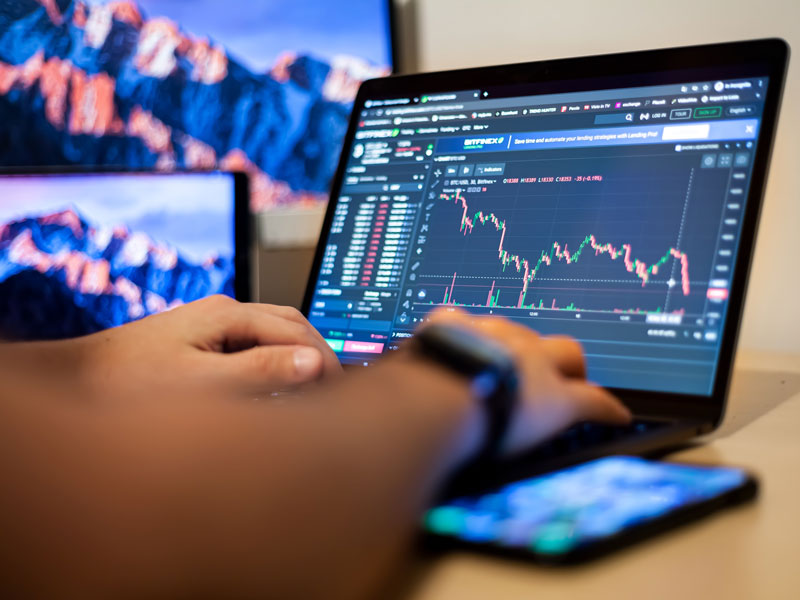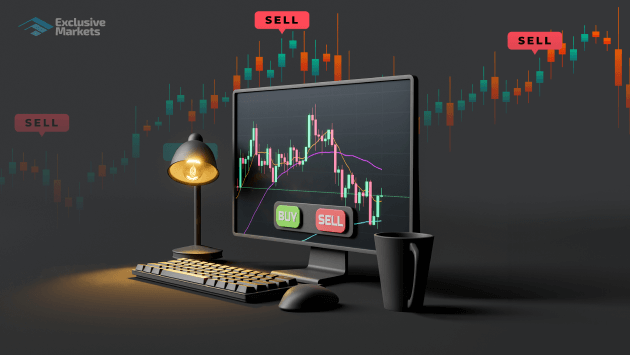
The Forex trading business has seen astronomical growth over the past decade, fundamentally reshaping how currency exchange is conducted worldwide. As globalization continues to expand and technology evolves, the forex market has emerged as one of the most accessible platforms for investors and traders alike. Moreover, the increasing number of forex trading business Indian Trading Platforms has contributed significantly to the market’s dynamic nature. This article seeks to explore the intricacies of the forex trading business, emphasizing essential strategies, risk management, and opportunities for both novice and seasoned traders.
Understanding the Forex Market
The Foreign Exchange market, or forex, is a global decentralized market that enables the trading of currencies. With an average daily trading volume exceeding $6 trillion, it stands as the largest financial market in the world. Forex trading is primarily conducted over-the-counter (OTC), meaning transactions occur directly between parties, typically through electronic networks and trading platforms.
A critical aspect of forex trading is understanding how currency pairs work. In the forex world, currencies are traded in pairs, with the first currency listed being the base currency and the second the quote currency. For example, in the pair EUR/USD, the euro is the base currency, while the US dollar is the quote currency. The price of this pair reflects how much of the quote currency is required to purchase one unit of the base currency.
Forex Trading Strategies
Successful forex trading hinges on the strategies traders employ. Here are a few widely accepted strategies:
1. Day Trading
Day trading involves opening and closing positions within the same trading day. Traders working this strategy aim to capitalize on small price movements, which requires substantial market knowledge and quick decision-making skills. Tools like real-time news feeds and advanced charting systems are crucial necessities for day traders.
2. Swing Trading
Swing traders typically hold positions for several days or even weeks to capture potential price swings. This strategy is suitable for those looking for longer-term opportunities rather than quick profits. Swing trading often relies on technical analysis to identify potential entry and exit points.
3. Scalping
Scalping is an ultra-short-term trading strategy where traders make numerous trades throughout the day, exploiting small price shifts. The primary goal here is to accumulate small profits that can lead to substantial gains over time. This requires a rigorous discipline to manage trades effectively, as well as quick reflexes to react to market changes.

4. Position Trading
Position traders take a long-term approach, holding trades for months or even years. This strategy is less about short-term price movements and focuses more on fundamental analysis. Traders employing this strategy often look for economic indicators and overarching market trends to inform their decisions.
Risk Management in Forex Trading
Forex trading is not without its risks. In fact, due to the high leverage often available in the forex market, the potential for significant loss is ever-present. Consequently, effective risk management is imperative for any trader looking to succeed in this environment. Here are some key risk management strategies:
1. Use Stop-Loss Orders
Implementing stop-loss orders is a crucial step in managing risk. A stop-loss order is set at a specified price level that automatically closes a trade to prevent further loss. This tool acts as a safety net, allowing traders to exit positions when the market moves against them.
2. Manage Leverage Wisely
While leverage can amplify profits, it can also magnify losses. It is vital to use leverage cautiously and ensure that positions are sized appropriately based on risk tolerance and account balance. A common recommendation is to risk no more than 1-2% of a trading account on any single trade.
3. Diversify Your Portfolio
Diversification can help mitigate risk by spreading exposure across multiple currency pairs rather than concentrating it on one or two pairs. This can reduce the overall volatility of a trading portfolio and decrease the impact of poor-performing assets.
4. Stay Informed
Staying current on global economic news and events is essential for successful forex trading. Economic indicators, such as GDP reports, employment statistics, and monetary policy announcements, can significantly influence currency valuations. Incorporating fundamental analysis into your trading strategy can enhance decision-making processes.

Opportunities for Investors
The forex market presents various opportunities for both personal and institutional investors. Here are some key areas where traders can capitalize:
1. High Liquidity
The forex market’s immense liquidity means that traders can enter and exit positions with little difficulty, irrespective of the currency pair being traded. High liquidity reduces transaction costs and makes it easier to execute trades at desired prices.
2. Accessibility
Advancements in technology have made forex trading accessible to the masses. Online platforms provide comprehensive educational resources, enabling even novice traders to learn the basics and try trading with minimal costs through demo accounts.
3. 24-Hour Trading
The forex market operates 24 hours a day, five days a week, allowing traders to engage at their convenience. This flexibility caters to various trading styles and personal schedules, making it easier for individuals with day jobs or other commitments to participate.
4. Capitalizing on Market Volatility
Forex markets can experience significant volatility, especially during economic announcements and geopolitical events. Traders who can navigate this volatility can capitalize on rapid price changes, emerging opportunities not available in more stable markets.
Conclusion
Venturing into the forex trading business offers exciting opportunities for individuals and institutions striving to engage in dynamic financial markets. While profitability is attainable through various trading strategies, it requires continuous learning, discipline, and a robust risk management approach. Furthermore, as the landscape of forex continues to evolve, especially with new Indian Trading Platforms entering the scene, traders must adapt to maintain a competitive edge. By equipping themselves with the necessary knowledge and tools, both beginners and expert traders can successfully navigate the complexities of the forex market and unlock their trading potential.
